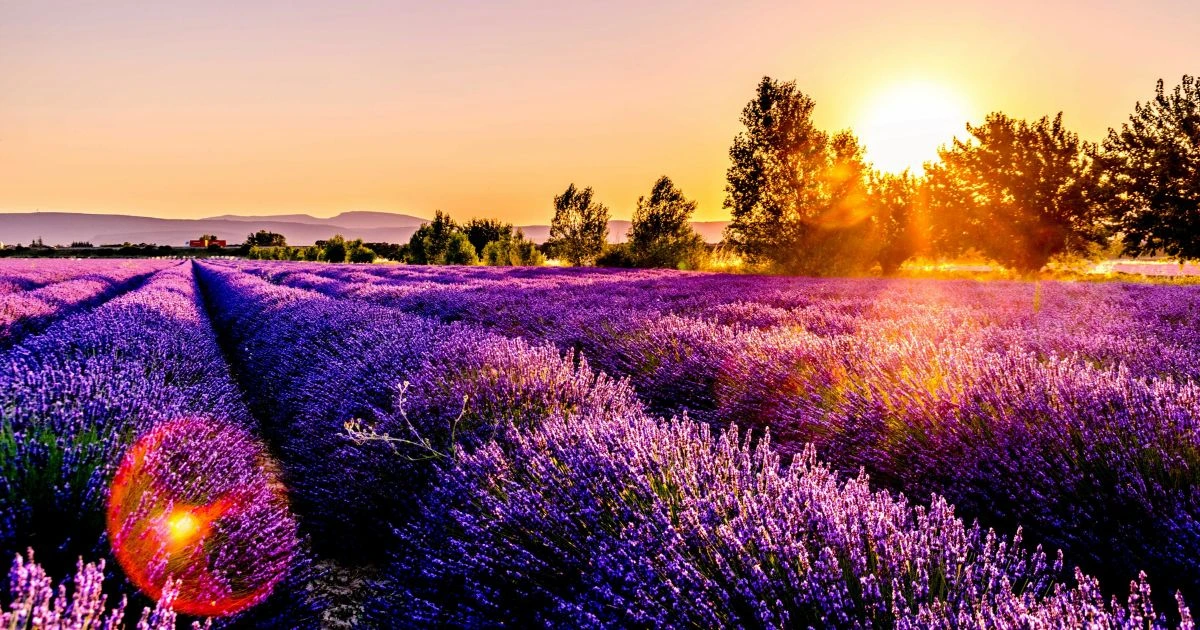Introduction
Imagine standing in a sunlit garden, surrounded by the soothing aroma of lavender. Each stem sways gently, bursting with delicate purple blooms. Harvesting lavender is more than a gardening task—it’s an experience that connects you to nature and fills your world with beauty and calm. Whether you’re crafting sachets, creating essential oils, or simply enjoying the therapeutic scent, learning how to harvest lavender transforms this fragrant herb into something magical. Ready to unlock its full potential? Let’s dive in!
When Is the Best Time to Harvest Lavender?
Timing is everything when it comes to learning how to harvest lavender. Harvesting at the right moment ensures your lavender blooms are fragrant, full of essential oils, and perfect for a variety of uses, from crafts to aromatherapy.
Understanding Lavender’s Bloom Cycles
The key to knowing how to harvest lavender lies in observing its bloom cycle. Lavender flowers grow on spikes, and the ideal time to harvest is when about 50–70% of the blooms on the stem are open. At this stage, the plant’s oil production is at its peak, giving you the richest aroma and the longest-lasting blooms. If you wait too long, the flowers may begin to brown, and the fragrance may fade.
Seasonal Timing for Lavender in the USA
The best time of year to harvest lavender typically falls in late spring to early summer. However, this can vary based on where you live and the type of lavender you’re growing.
- USDA Zones 5–8: Most lavender varieties, like English lavender (Lavandula angustifolia), reach peak bloom in early to mid-summer.
- Warmer Zones (9–11): Spanish lavender (Lavandula stoechas) and other heat-tolerant varieties may bloom as early as late spring.
To maximize your harvest, check your specific lavender variety’s blooming habits and adjust accordingly.
The Optimal Time of Day for Harvesting Lavender
Once you’ve determined the season, focus on the time of day. The best time to harvest is mid-morning, after the dew has dried but before the day’s heat intensifies. This ensures the flowers retain their essential oils, which can diminish under strong sunlight.
By following these guidelines, you’ll know exactly how to harvest lavender at its best, ensuring a bountiful and fragrant yield!
Tools You’ll Need for Harvesting Lavender
Using the right tools is essential for learning how to harvest lavender efficiently and without damaging your plants. With just a few simple items, you can ensure a smooth, hassle-free process.
Essential Tools for Harvesting Lavender
- Pruning Shears: Sharp, clean shears are a must. They provide a precise cut that minimizes damage to the stems and encourages healthy regrowth.
- Gardening Gloves: A good pair of gloves will protect your hands from scratches while handling the plant’s woody stems. Choose lightweight gloves for better control.
- Basket or Tray: Use a breathable container like a wicker basket or shallow tray to collect the lavender. This prevents crushing the blooms and keeps them fresh.
Optional Tools for Larger Harvests
- Sickle or Harvesting Knife: If you’re harvesting a large lavender field, a curved sickle or knife can speed up the process.
- Rubber Bands or Twine: Use these to bundle stems as you harvest. Bundling keeps your lavender organized and makes drying easier.
Having the right tools not only simplifies how to harvest lavender but also ensures your plants stay healthy and your blooms remain intact. Be sure to keep tools sharp and clean for the best results!
How to Harvest Lavender in 7 Easy Steps
Mastering how to harvest lavender is simpler than you might think. By following these seven straightforward steps, you can enjoy fragrant, high-quality blooms while keeping your lavender plants healthy and thriving.
Step 1: Choose the Right Time of Day
Harvest lavender in the morning after the dew has evaporated but before the sun’s heat peaks. This helps preserve the essential oils that give lavender its signature aroma and therapeutic properties.
Step 2: Inspect the Plant for Readiness
Check for flowers that are partially open—typically when 50–70% of the blooms on a stem are flowering. This stage ensures optimal fragrance and oil content. Avoid harvesting blooms that are starting to brown, as they’ve passed their prime.
Step 3: Position the Shears Properly
Hold the stem securely and position sharp pruning shears about 2–3 inches above the woody base of the plant. Cutting too low into the woody section can damage the plant and hinder future growth.
Step 4: Harvest in Small Bunches
Cut a handful of stems at a time to avoid overwhelming yourself. Gather the stems loosely to prevent crushing the delicate flowers, which could reduce their quality.
Step 5: Handle with Care
Place the cut stems into a breathable container, such as a wicker basket or mesh tray. Avoid packing the flowers too tightly to allow proper air circulation and prevent wilting.
Step 6: Collect and Store the Lavender
Group the stems into small bundles, tying them with twine or rubber bands at the base. This makes it easier to hang them for drying or to store them for immediate use.
Step 7: Post-Harvest Care for the Plant
After harvesting, lightly prune the plant to maintain its shape and encourage future blooms. Be sure to remove any dead or damaged stems to keep your lavender healthy.
By carefully following these seven steps, you’ll not only learn how to harvest lavender effectively but also enjoy the process of gathering your own fragrant blooms. Whether for crafts, aromatherapy, or cooking, your lavender will be a rewarding addition to your garden efforts!
Tips for Drying and Storing Lavender
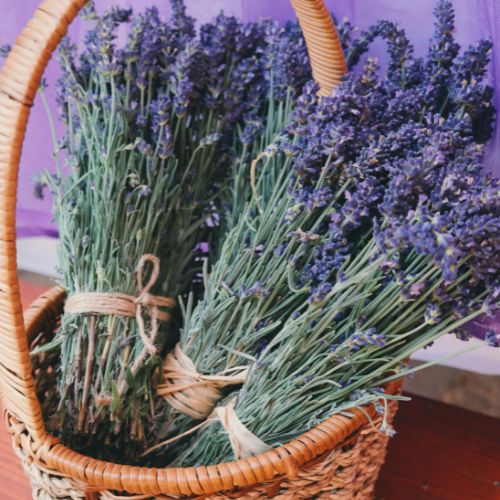
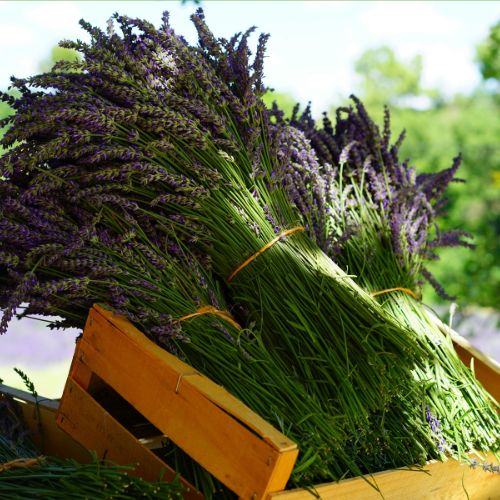
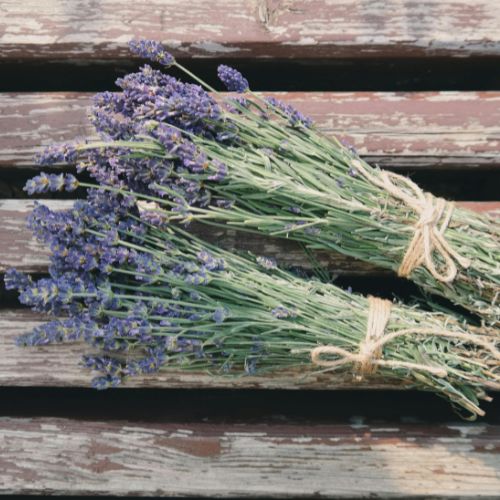
Once you’ve learned how to harvest lavender, the next step is preserving it to enjoy its fragrance and benefits for months to come. Proper drying and storage are essential to maintain the quality of your lavender blooms.
Drying Methods
The most effective way to dry lavender is by air-drying. Start by gathering freshly harvested stems into small bundles and tying them with twine or rubber bands. Hang the bundles upside down in a dark, well-ventilated space, like a garage or shed, to protect the flowers from sunlight, which can fade their color and fragrance.
For faster results, you can use a dehydrator set to a low temperature. Spread the stems evenly, ensuring they don’t overlap, to promote even drying.
Proper Storage
Once your lavender is fully dried—typically after two to three weeks—store it in an airtight container. Glass jars or resealable bags work well to preserve the scent and oils. Keep the containers in a cool, dark place to prevent degradation from heat and light.
Following these tips ensures that your efforts in mastering how to harvest lavender pay off, giving you beautifully preserved blooms for crafts, aromatherapy, and more!
Creative Uses for Harvested Lavender
After learning how to harvest lavender, it’s time to put your fragrant blooms to good use. Lavender is incredibly versatile, offering countless opportunities to enhance your home, health, and lifestyle.
Aromatherapy and Essential Oils
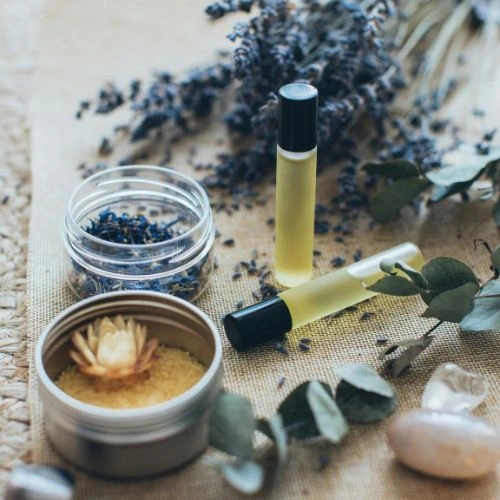
Lavender is prized for its calming properties. Use your harvested lavender to make essential oils by steeping the flowers in a carrier oil like almond or jojoba. Place the oil in a diffuser to fill your home with a soothing aroma that promotes relaxation and better sleep.
Lavender in Cooking
Surprisingly, lavender isn’t just for fragrance—it’s also a culinary delight! Add dried lavender buds to teas, desserts, or even savory dishes like roasted chicken. Make sure to use culinary-grade lavender for safe consumption.
DIY Crafts
Let your creativity shine with lavender-inspired crafts. Make sachets to freshen up drawers and closets, or create wreaths and bouquets to add a touch of rustic charm to your decor. You can also mix dried lavender into homemade potpourri for a fragrant centerpiece.
By exploring these ideas, you’ll find that how to harvest lavender is only the beginning of enjoying this amazing plant. From its relaxing scent to its unique flavor, lavender adds beauty and value to everyday life!
Common Mistakes to Avoid When Harvesting Lavender
While learning how to harvest lavender, it’s important to avoid common mistakes that can compromise the quality of your blooms or harm your plants. By steering clear of these pitfalls, you’ll ensure a successful harvest every time.
Mistake 1: Harvesting at the inadequate time
Timing is everything with lavender. Harvesting too early, when most buds are still closed, results in less fragrance and oil. Conversely, harvesting too late, when flowers are browning, reduces quality and longevity. Aim to cut stems when 50–70% of the flowers are open for the best results.
Mistake 2: Using Dull or Dirty Tools
Using dull shears can crush stems, leaving your plant vulnerable to disease. Always work with sharp, clean pruning shears to make precise cuts that promote healthy regrowth.
Mistake 3: Over-Harvesting the Plant
Lavender needs its greenery to thrive. Avoid cutting too close to the woody base or taking more than one-third of the plant at a time, as this can weaken it and affect future growth.
By keeping these common mistakes in mind, you’ll not only master how to harvest lavender but also ensure healthy plants and beautiful blooms season after season!
FAQs About How to Harvest Lavender
If you’re still curious about how to harvest lavender, here are answers to some common questions to guide you through the process.
How often can you harvest lavender in a year?
Lavender is usually harvested once or twice per year, depending on the variety and growing conditions. Most types, like English lavender, bloom heavily in early summer, with a lighter second bloom in late summer or early fall.
What happens if you don’t harvest lavender?
Unharvested lavender will eventually go to seed. While this won’t harm the plant, it can result in fewer blooms the following season. Regular harvesting promotes healthier plants and encourages repeat flowering.
Can you harvest lavender after it has fully bloomed?
Yes, but the quality will be lower. Fully bloomed lavender has less oil and fragrance compared to flowers harvested earlier in their bloom cycle. For optimal results, cut stems when 50–70% of the buds are open.
Do different lavender varieties require different harvesting methods?
The general steps for how to harvest lavender are the same, but timing may vary. For example, French and Spanish lavender bloom earlier than English lavender and should be harvested accordingly.
These FAQs provide all the clarity you need to harvest lavender like a pro and enjoy its full potential!
Conclusion
Harvesting lavender is a joyful and rewarding process that brings both beauty and functionality to your home and garden. By following these tips, you’ll master how to harvest lavender while keeping your plants thriving for years to come. Have questions or want more gardening tips? Subscribe to our newsletter for expert advice, inspiration, and exclusive content straight to your inbox.

